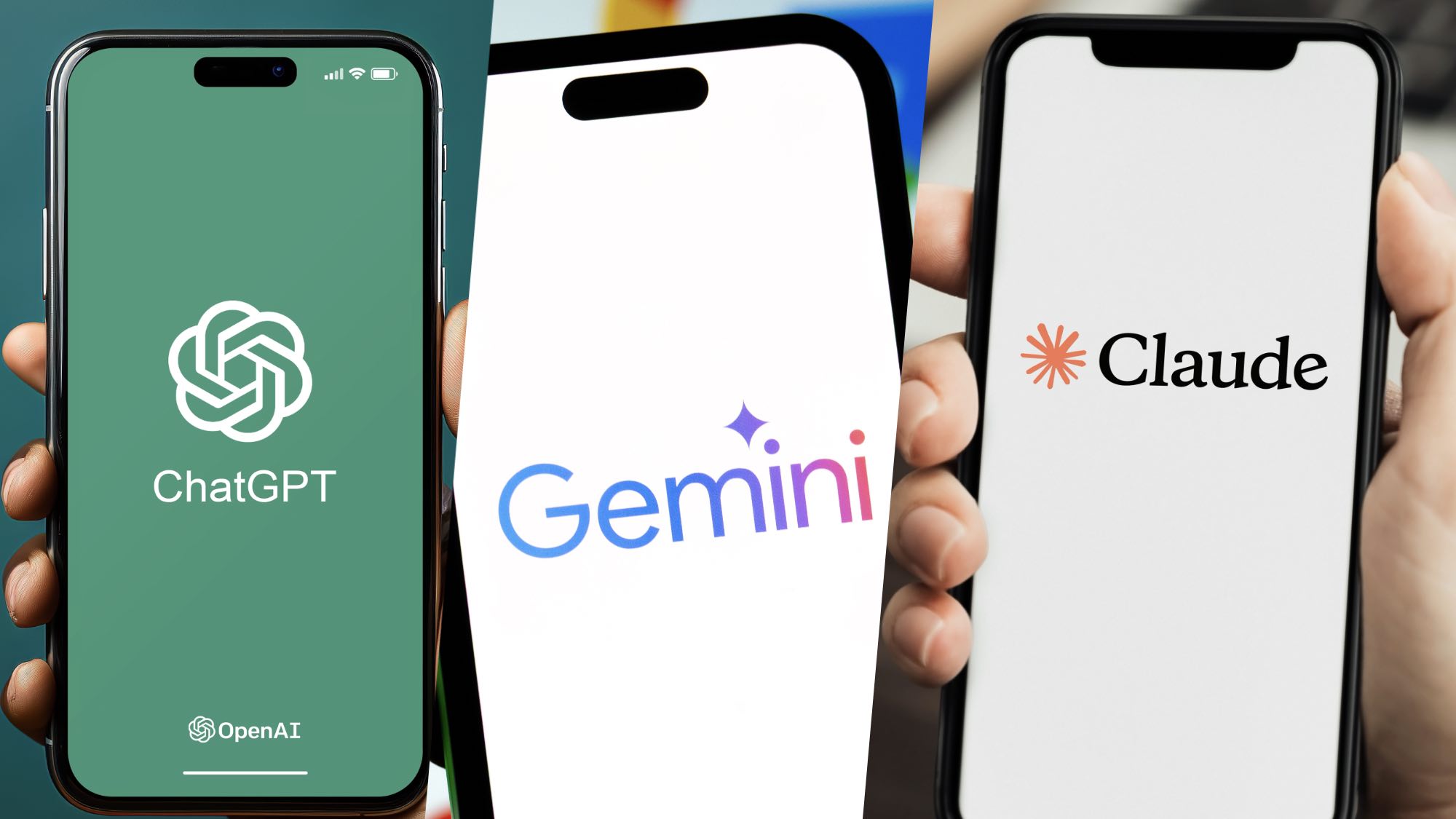Google Pixel 10 Pro Fold could beat the Galaxy Z Fold 7 in 2 big ways
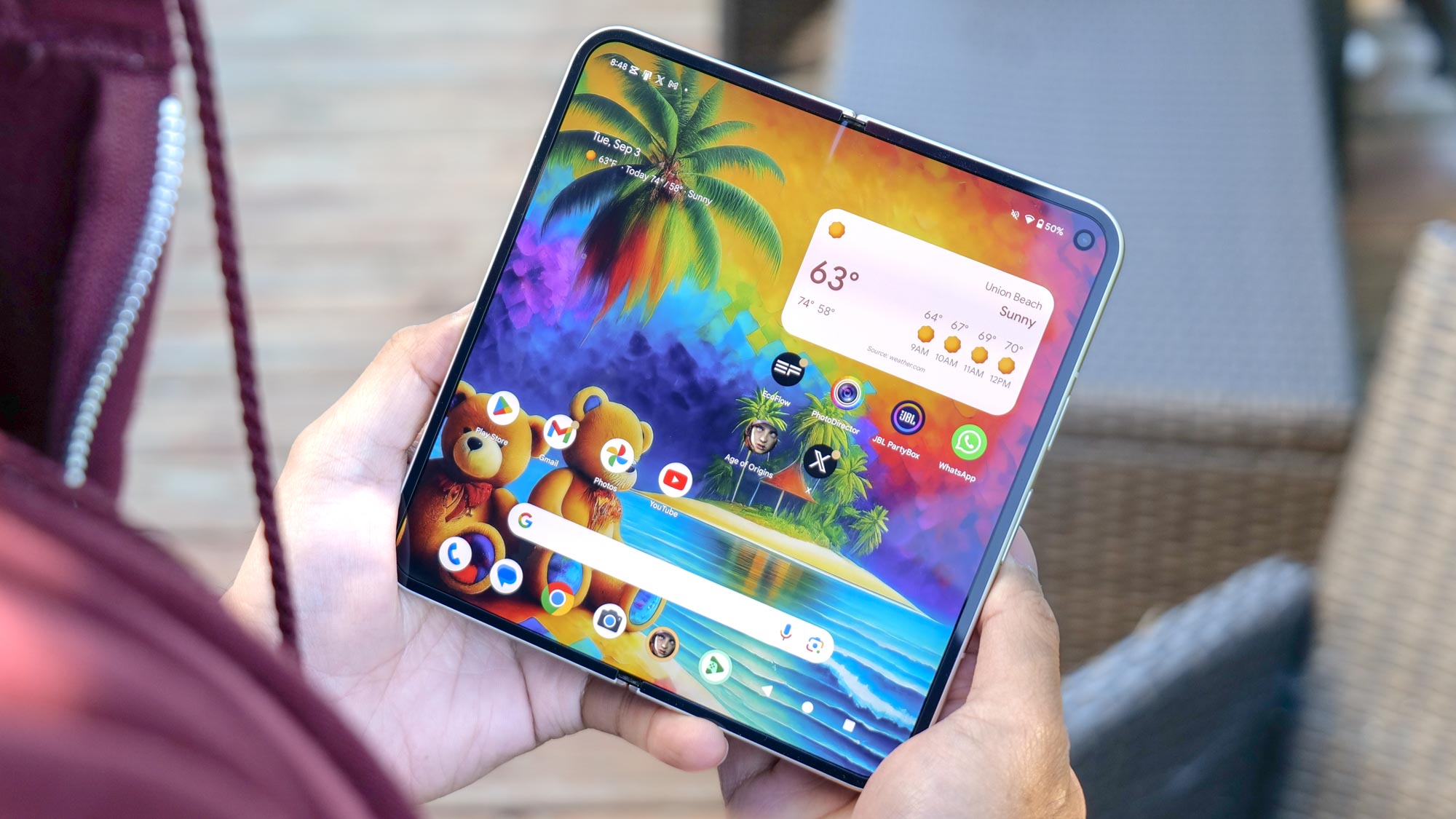
Now that Samsung has unveiled the Galaxy Z Fold 7, complete with a host of different upgrades, our eyes now turn to the Google Pixel 10 Pro Fold. While it's not expected to be unveiled until late next month, recent leaks have given us an idea of what to expect from Google's incoming foldable.
The short version is that the Pixel 10 Pro Fold has some major upgrades that could give it a serious advantage over the Z Fold 7. But at the same time, it seems as though it may fall into one of the same pitfalls as past Google foldables — which would give Samsung's new foldable design a major win.
Specifically the 10 Pro Fold is rumored to come with a larger battery and the best IP rating we've seen on a foldable thus far. But the Z Fold 7's new lightweight design could mean that all of that is completely moot in the eyes of the consumer.
Google has given itself a major leg up
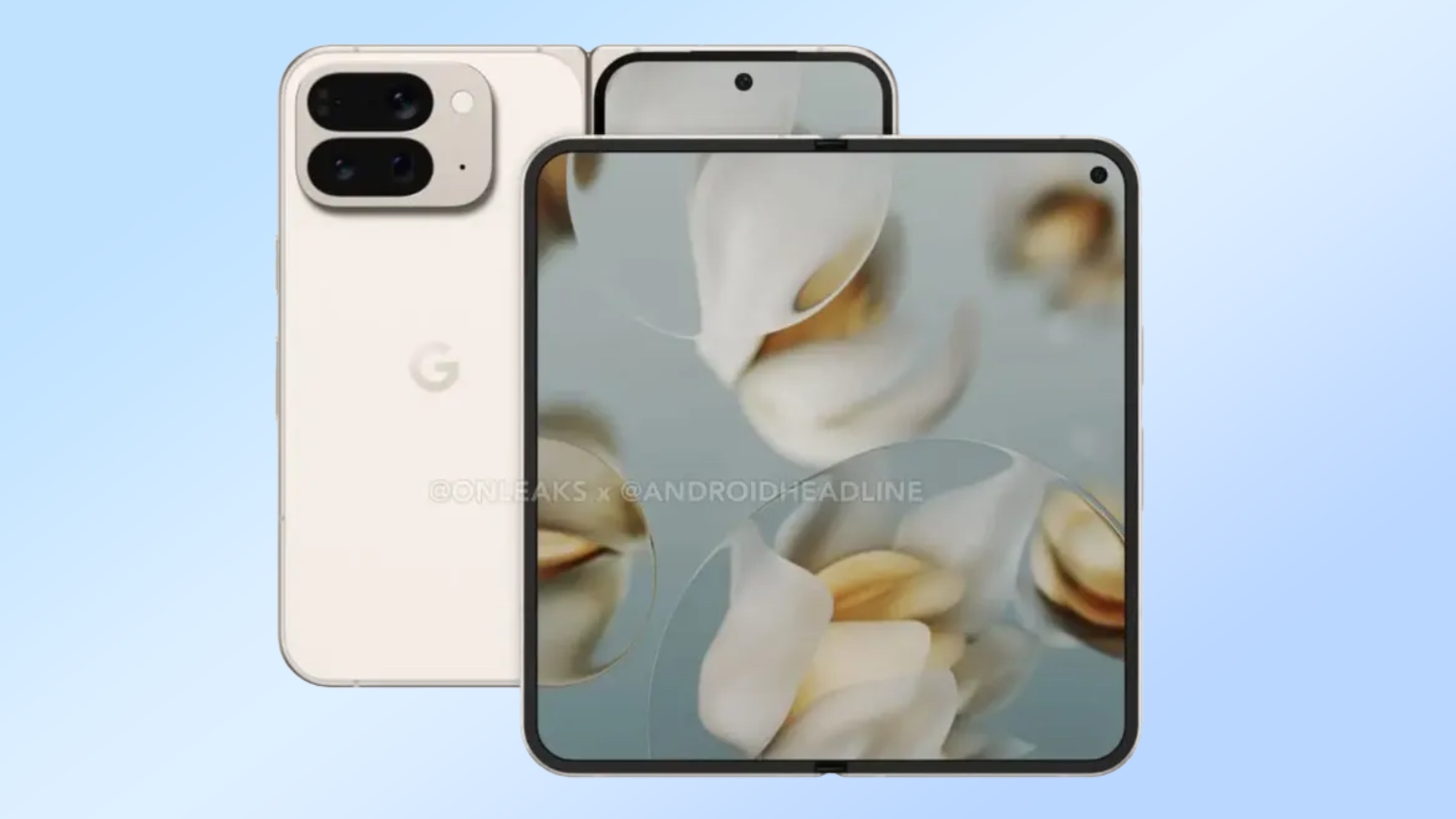
Outside of China, the foldable market has long been dominated by Samsung and the Galaxy Z series. It's far from the only company offering foldable phone tech, but for the past several years foldable and Samsung have been practically joined at the hip.
It's only been recently that rivals like Google and OnePlus have come on the scene to try and earn the crown of best foldable phone for themselves. OnePlus arguably succeeded with its big screens and second-to-none multitasking, but Google has always lagged behind a little bit.
A couple of those rumored specs could put the ball back in Samsung's court. The first is the reported 5,015 mAh battery in the 10 Pro Fold. Not only is that almost 8% larger than the 4,650 mAh battery in the Pixel 9 Pro Fold, it's 13% larger than the 4,400 mAh power cell inside the Z Fold 7. On paper, that makes Google's foldable look rather good.
There's more to battery life than bigger batteries of course — anyone that's used a Pixel phone in the past nine years can tell you that for certain. The fact that the original Pixel Fold's battery life was over an hour shorter than the Pixel 9 Pro Fold, despite having 172 mAh more battery capacity is testament to that.
Get instant access to breaking news, the hottest reviews, great deals and helpful tips.
A whole bunch of factors come into play, including the power efficiency of the chipset and other hardware. Since the Snapdragon 8 Elite is supposed to be the most energy efficient Qualcomm chipset so far, the Z Fold 7's 4,400 mAh should stretch quite far. Especially compared to Google and Tensor's reputation for tanking battery life.
Offering an IP68 rating is also a pretty big deal, assuming it actually happens. While there's no shortage of foldable phones that have an 8 rating for water resistance, few offer much in the way of dust resistance. The Pixel 9 Pro Fold didn't actually have a dust resistance score, while the likes of the Galaxy Z Fold 7 and Motorola Razr Ultra are stuck at 4 out of a possible 6.
While we've heard speculation about future foldables getting an IP68 rating, it hasn't actually happened yet. All the moving parts in a foldable phone make it quite hard to offer a seal that can protect everything from stray dust particles.
It may not be the kind of thing that sells phones, especially with $1,800 price tags, but it would be an incredible achievement if Google can actually pull it off.
The design could clinch everything
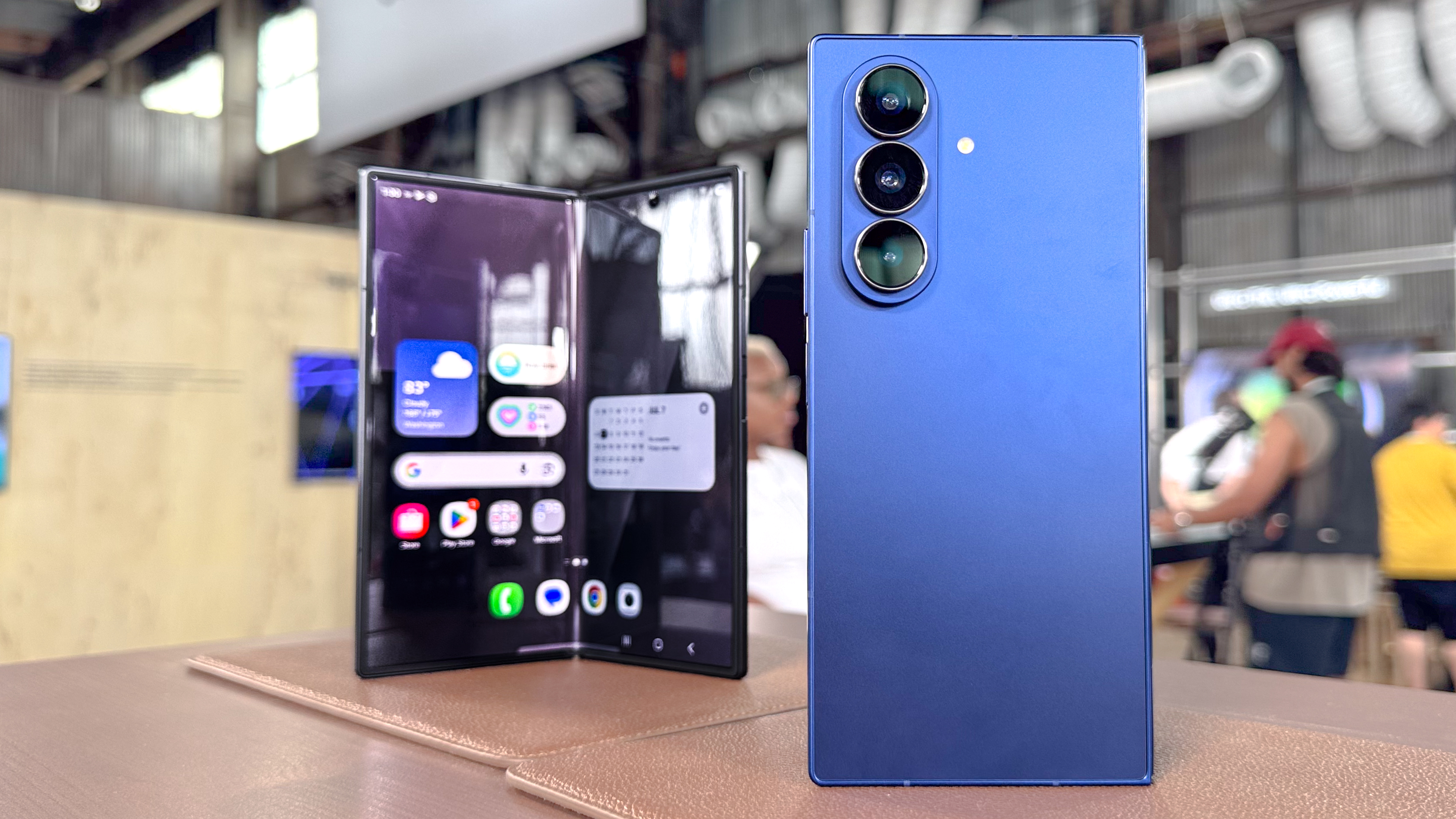
When it comes to desirability, the actual design of the phone plays a very big part. Crucially the Galaxy Z Fold 7 has had the kind of redesign that makes it more attractive, shedding some ounces off the weight and almost 1.5mm off the total thickness compared to the Z Fold 6.
It's impressive considering the Z Fold 6 was already noticeably thinner and lighter than the Z Fold 5. In fact, in our Samsung Galaxy Z Fold 7 hands-on, we noted that the phone might be the first foldable that doesn't actually feel like you're lugging around a foldable phone.
While I haven't used the Z Fold 7 in person, I can clearly see in some of our hands-on photos that it's barely thicker than the USB-C charging port. So there's only so much more thickness Samsung can shave off future iterations.
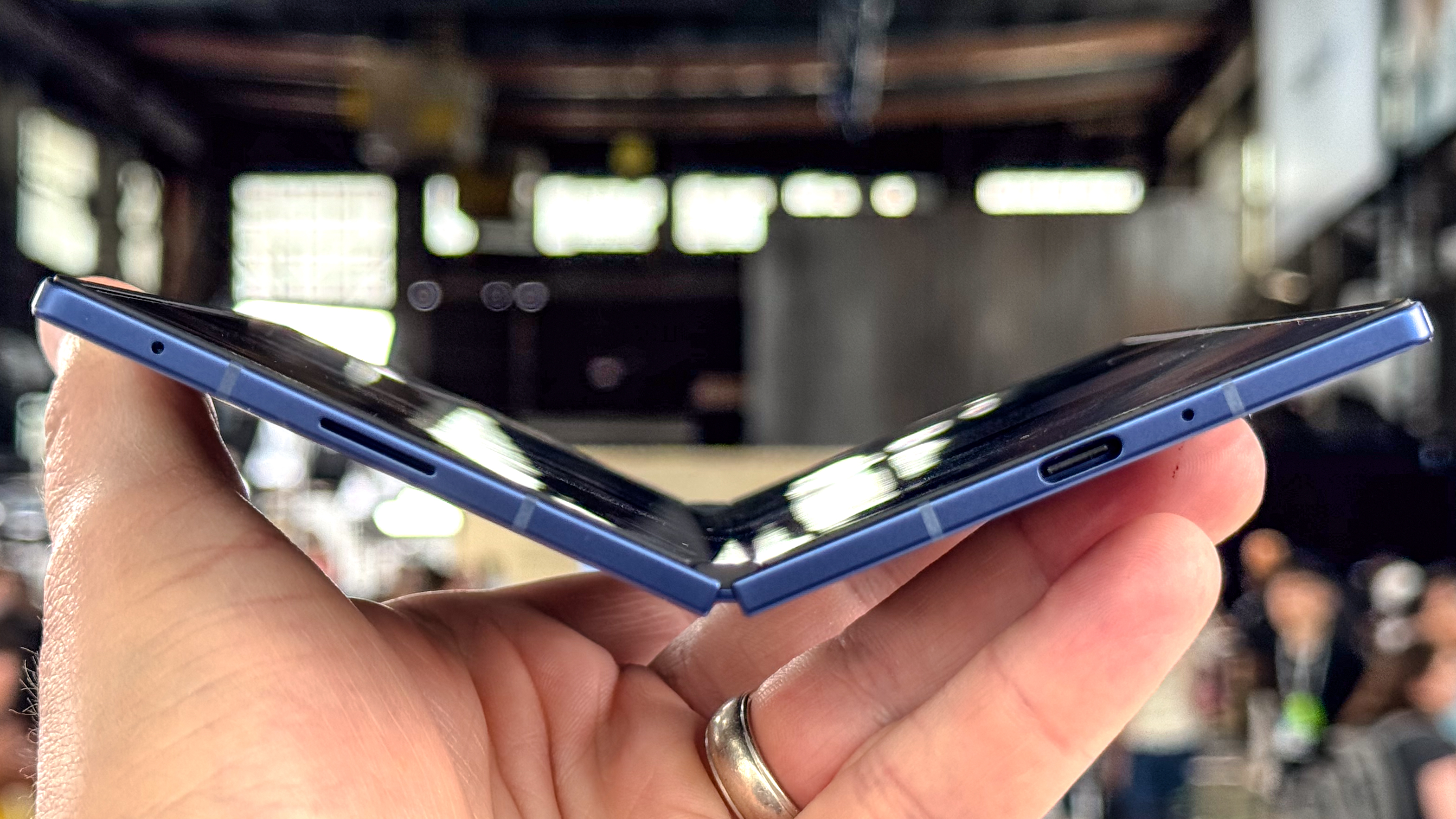
In comparison, past Google Foldables are rather chunky beasts. The Pixel 9 Pro Fold isn't quite as bad as the original Pixel Fold, and its 5.1mm unfolded thickness means it's actually thinner than the Z Fold 6. But it's still thicker and heavier than the 4.6mm/7.5 ounce Galaxy Z Fold 7.
The recent specs leak didn't mention anything about size or weight, only that the 10 Pro Fold's larger screen was a result of thinner bezels rather than a larger frame. I got the impression that this meant the actual dimensions of the phone weren't changing.
Plus, considering batteries are often the first thing to be reduced to accommodate thinner designs, it feels like adding a bigger battery to the 10 Pro Fold won't coincide with a more streamlined design.
If that's the case, and the 10 Pro Fold looks nearly identical to its predecessor, it gives Samsung a very strong advantage.
Bottom line
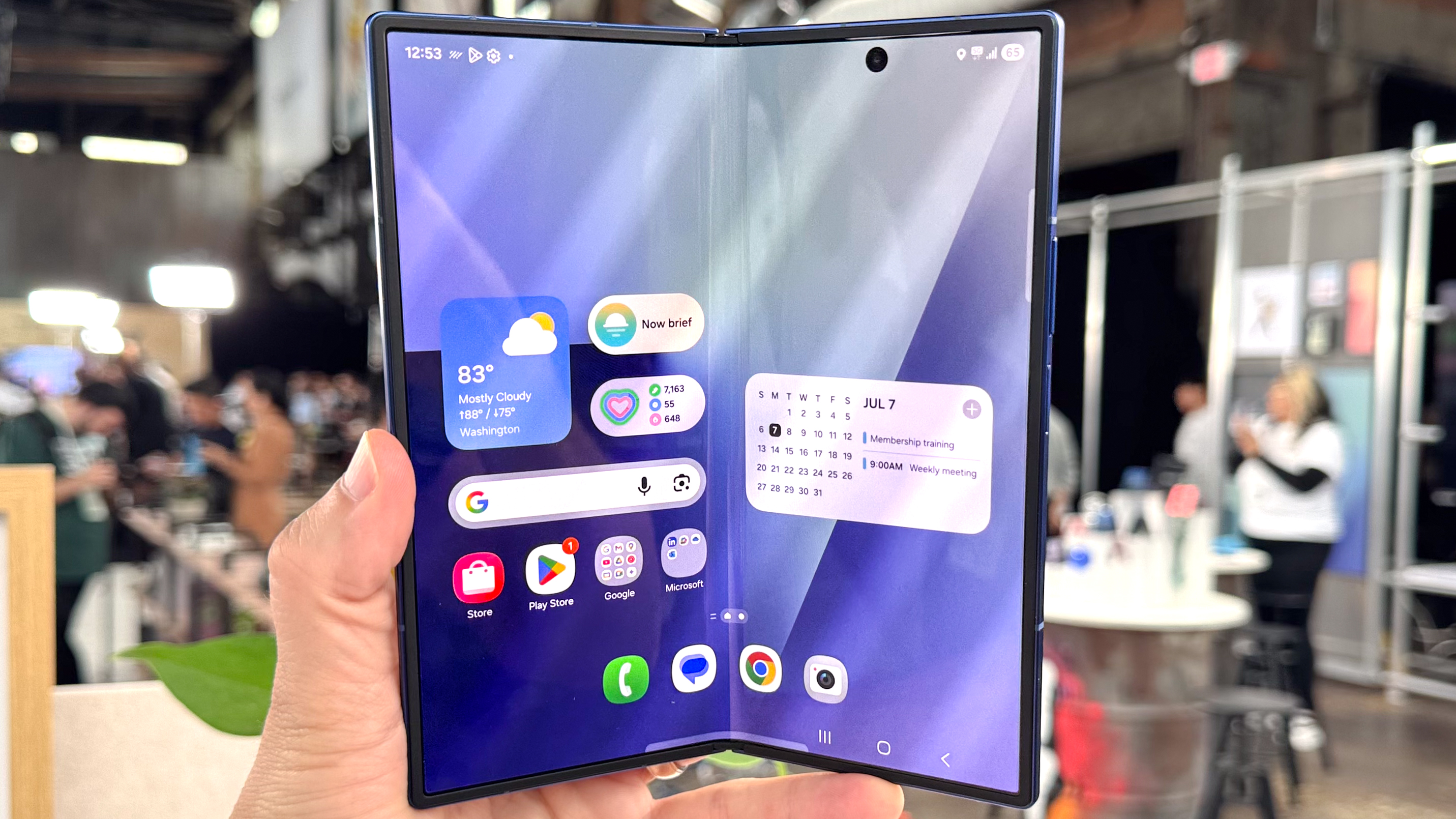
As great as bigger batteries are, and how important it is for phones to be as durable as possible, they're not always the kind of things consumers focus on compared to aesthetics. If practicality and longevity were all people cared about, we'd all be carrying around enormous brick-looking phones that last a whole week before they need recharging.
Samsung has shown that it understands how to make a good-looking phone, and there's no denying that the Z Fold 7 is an attractive device. Whether it can match its good looks with solid performance is still not quite certain, but it won't be long before we find out for sure.
More from Tom's Guide
- I just tested the Galaxy Z Fold 7's new selfie camera vs. the Fold 6's under-display camera — and the results are drastically different
- Samsung Galaxy S25 FE just tipped for a surprising Ultra-level upgrade
- Samsung's 'default' Galaxy AI features will remain free indefinitely — here's what you need to know

Tom is the Tom's Guide's UK Phones Editor, tackling the latest smartphone news and vocally expressing his opinions about upcoming features or changes. It's long way from his days as editor of Gizmodo UK, when pretty much everything was on the table. He’s usually found trying to squeeze another giant Lego set onto the shelf, draining very large cups of coffee, or complaining about how terrible his Smart TV is.
You must confirm your public display name before commenting
Please logout and then login again, you will then be prompted to enter your display name.
